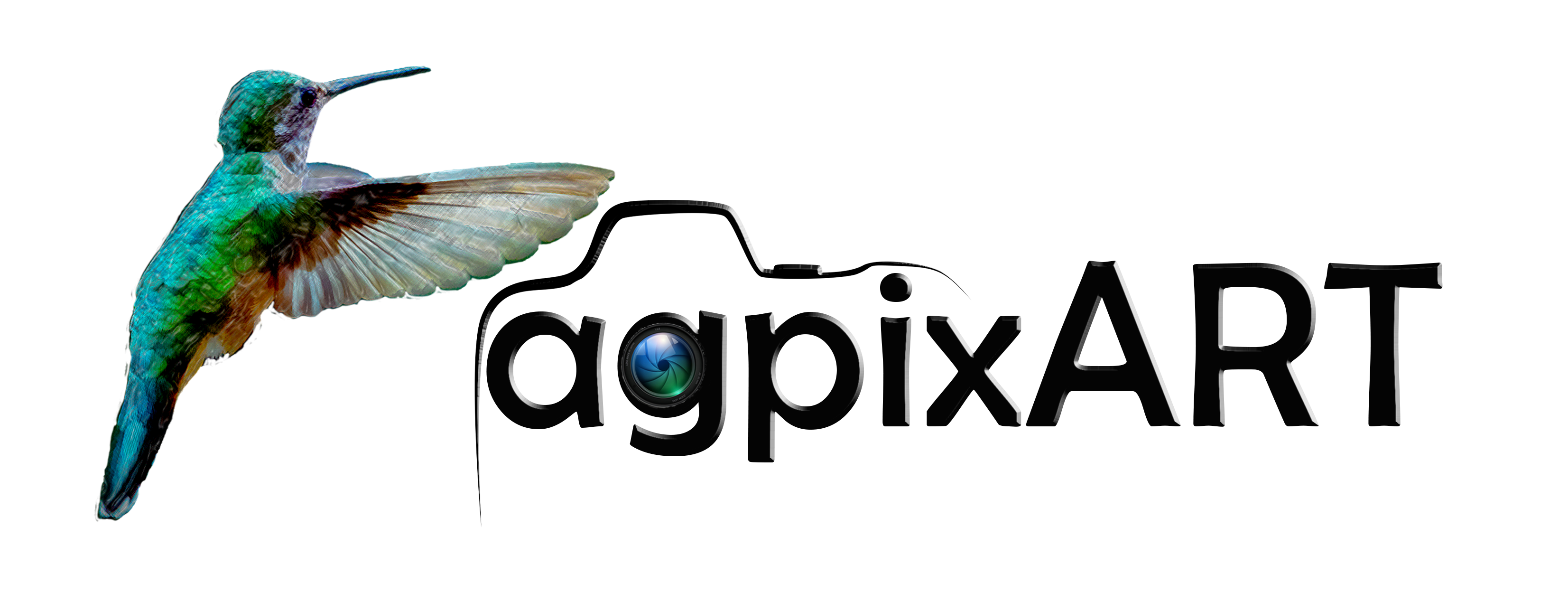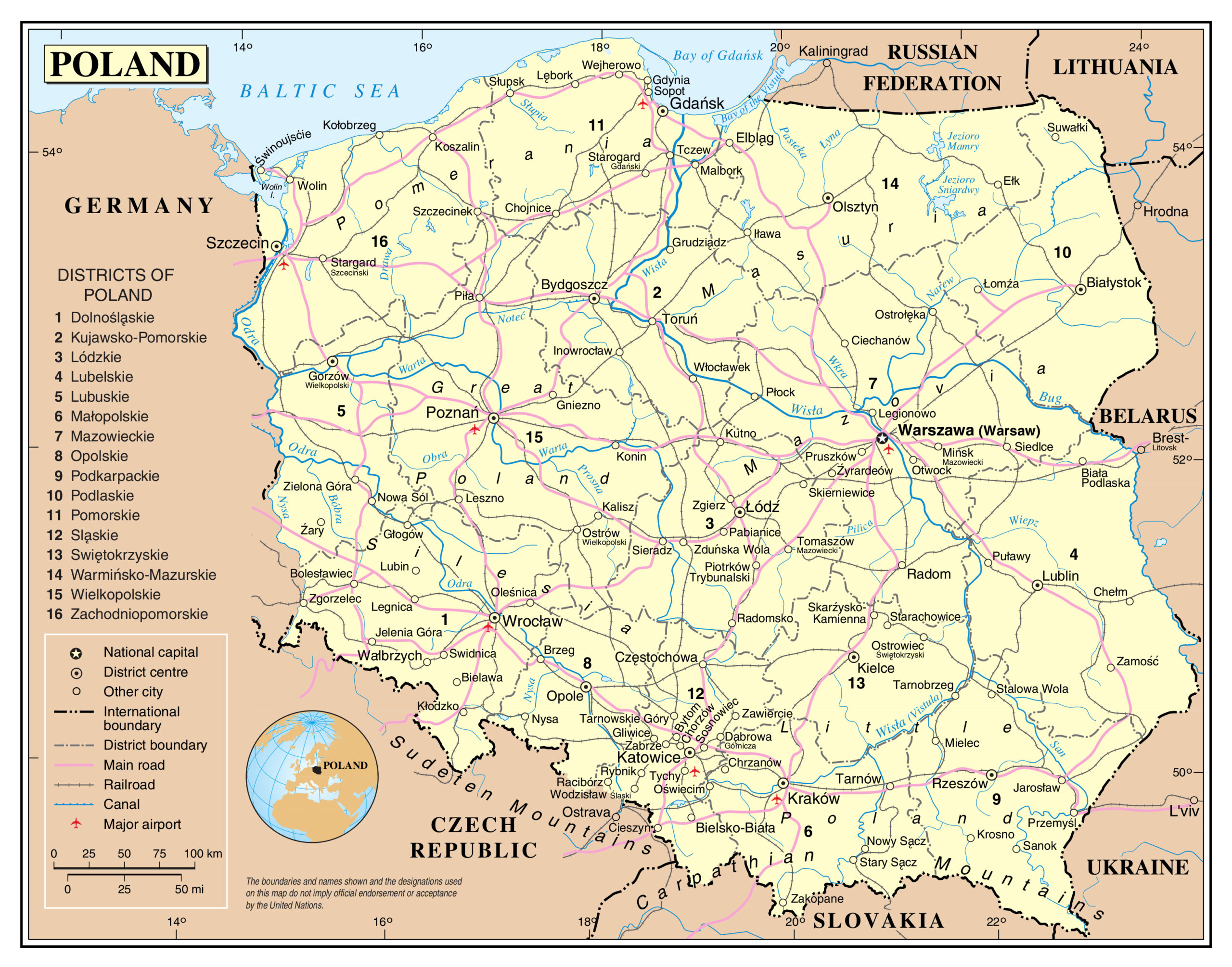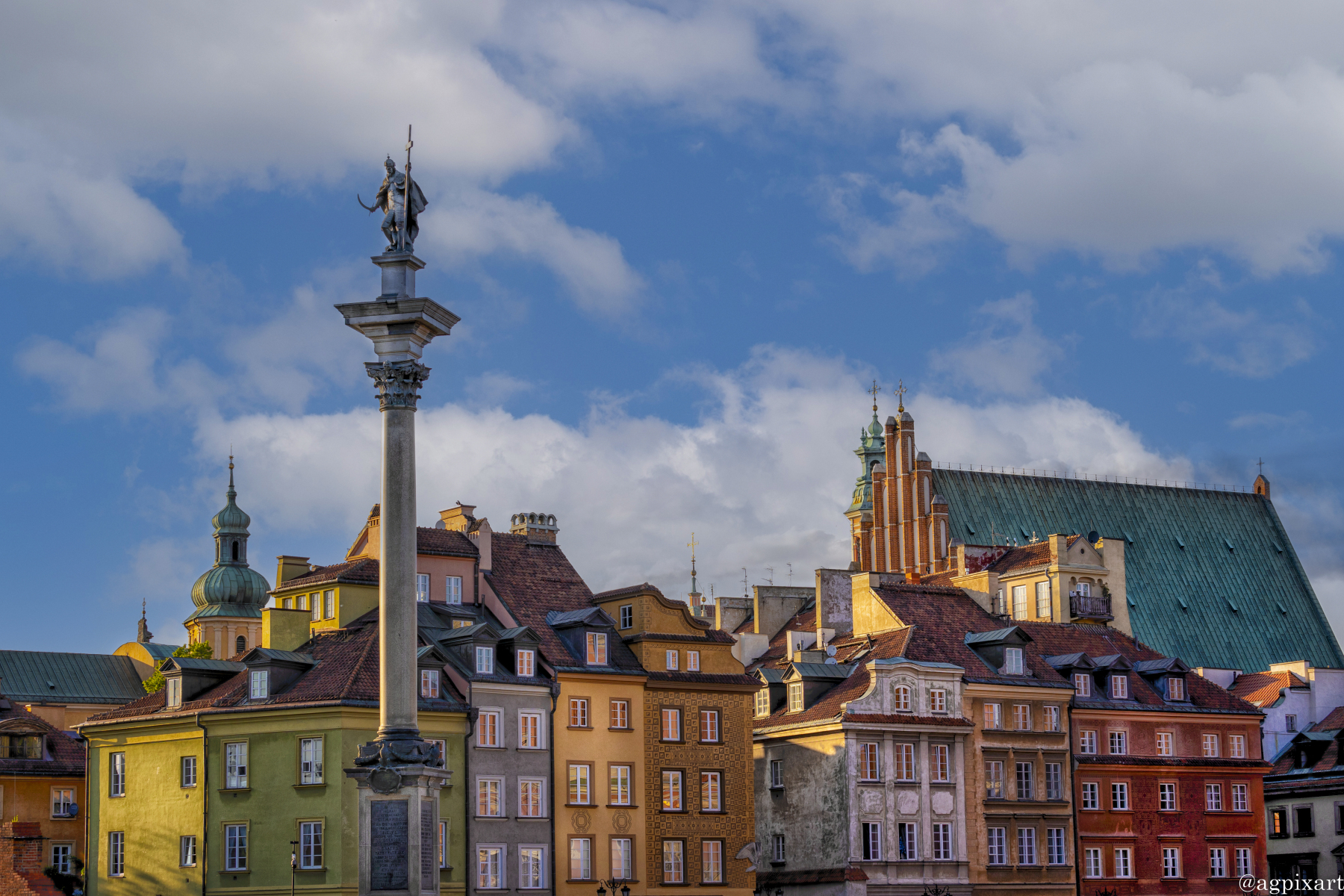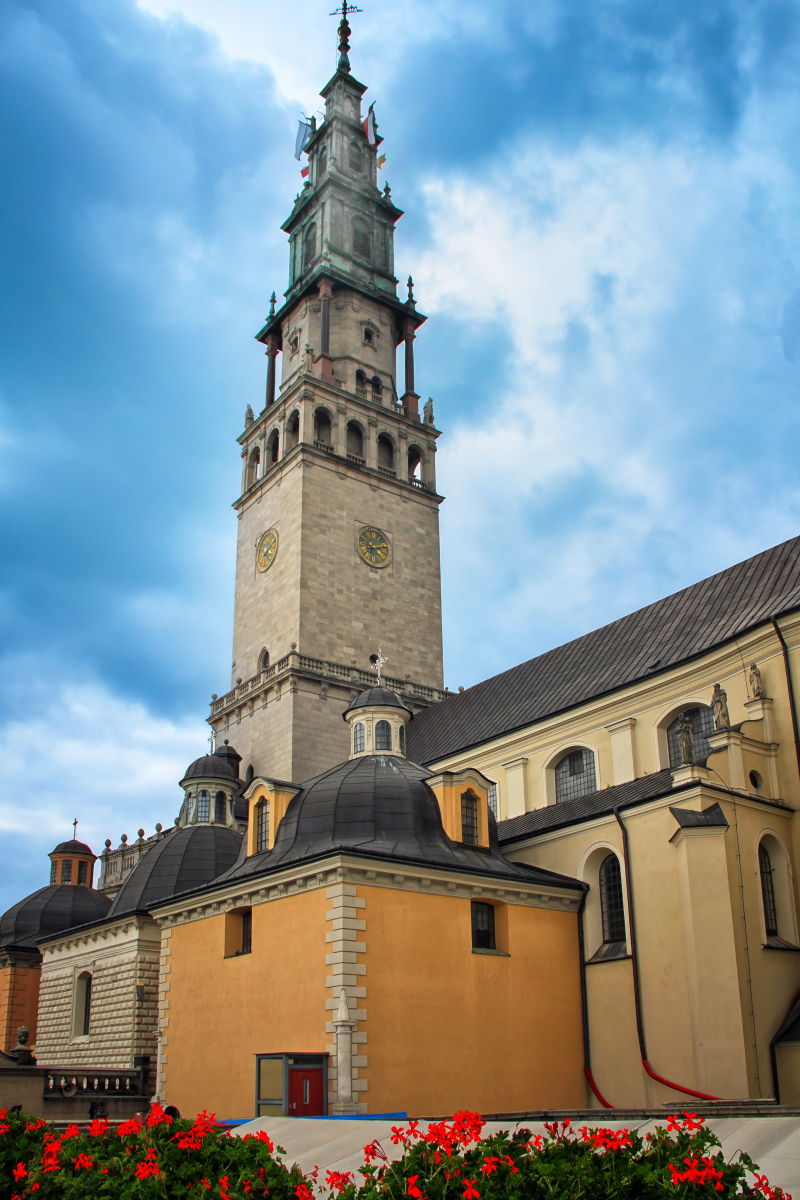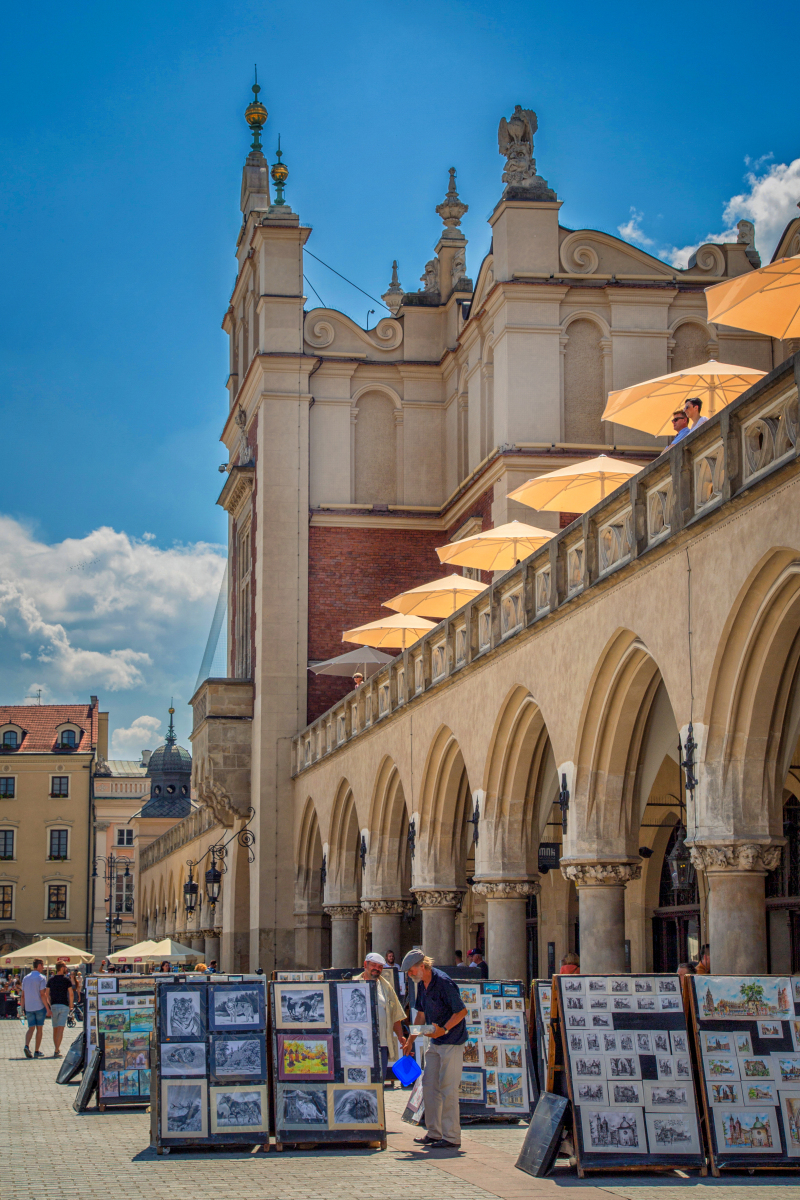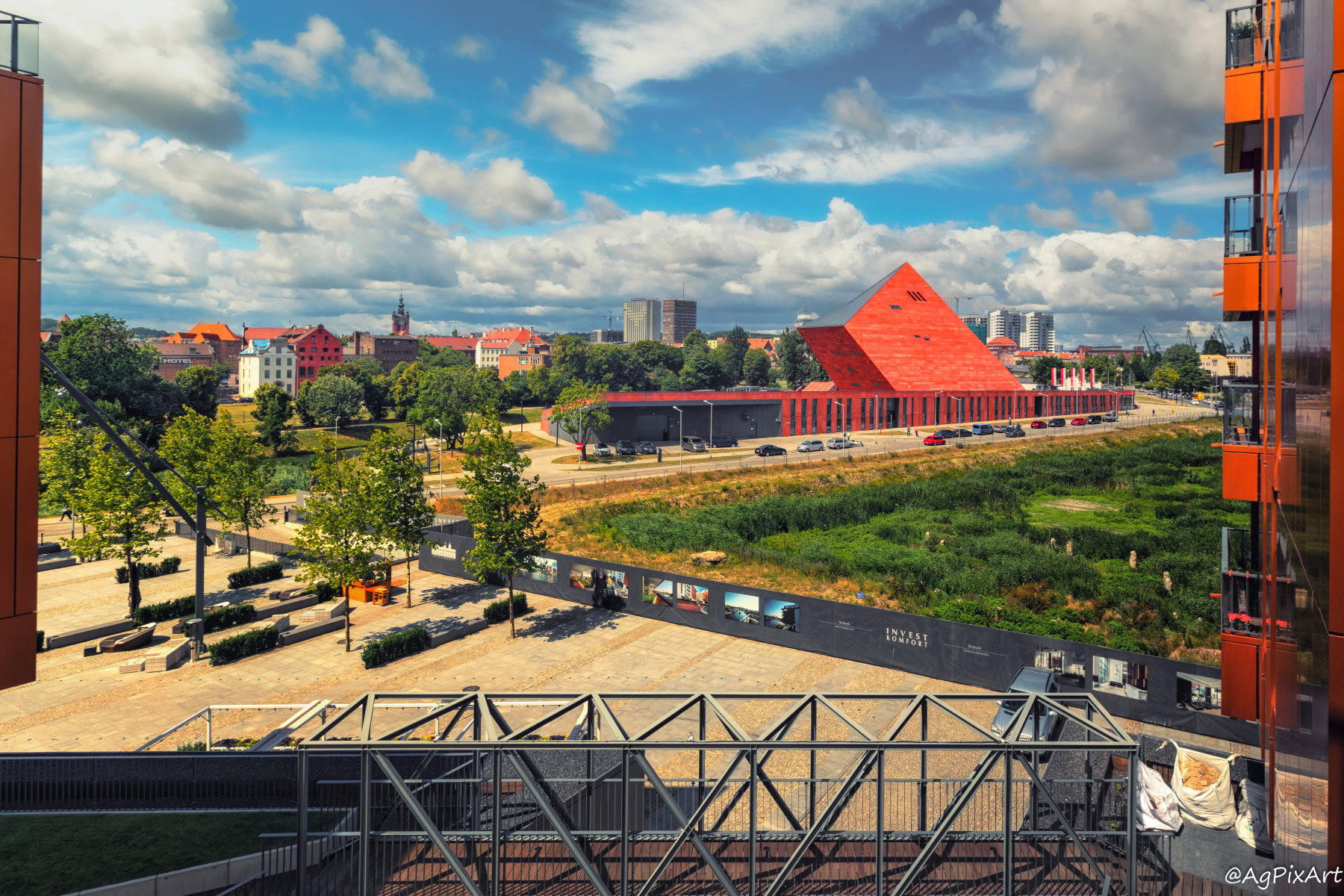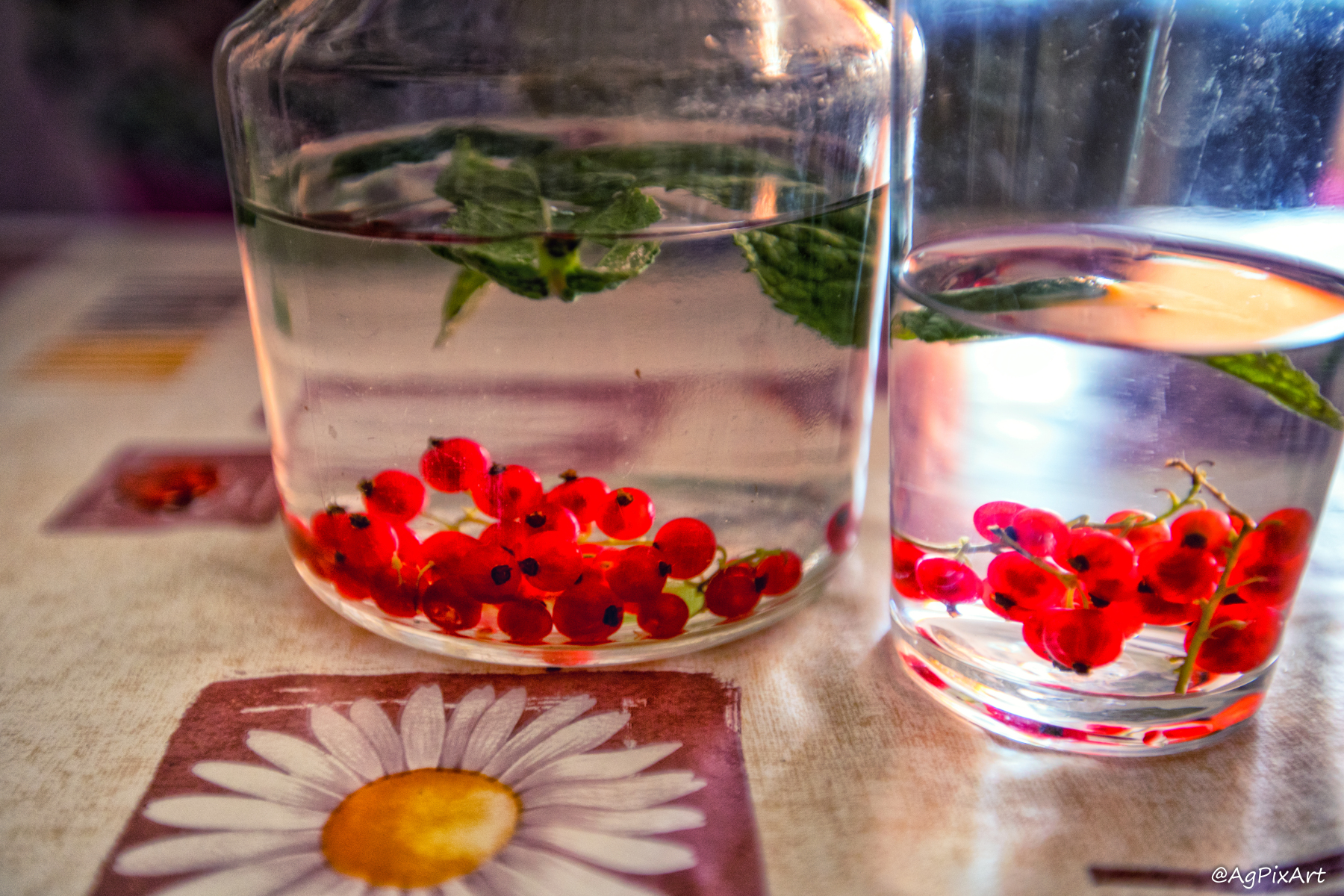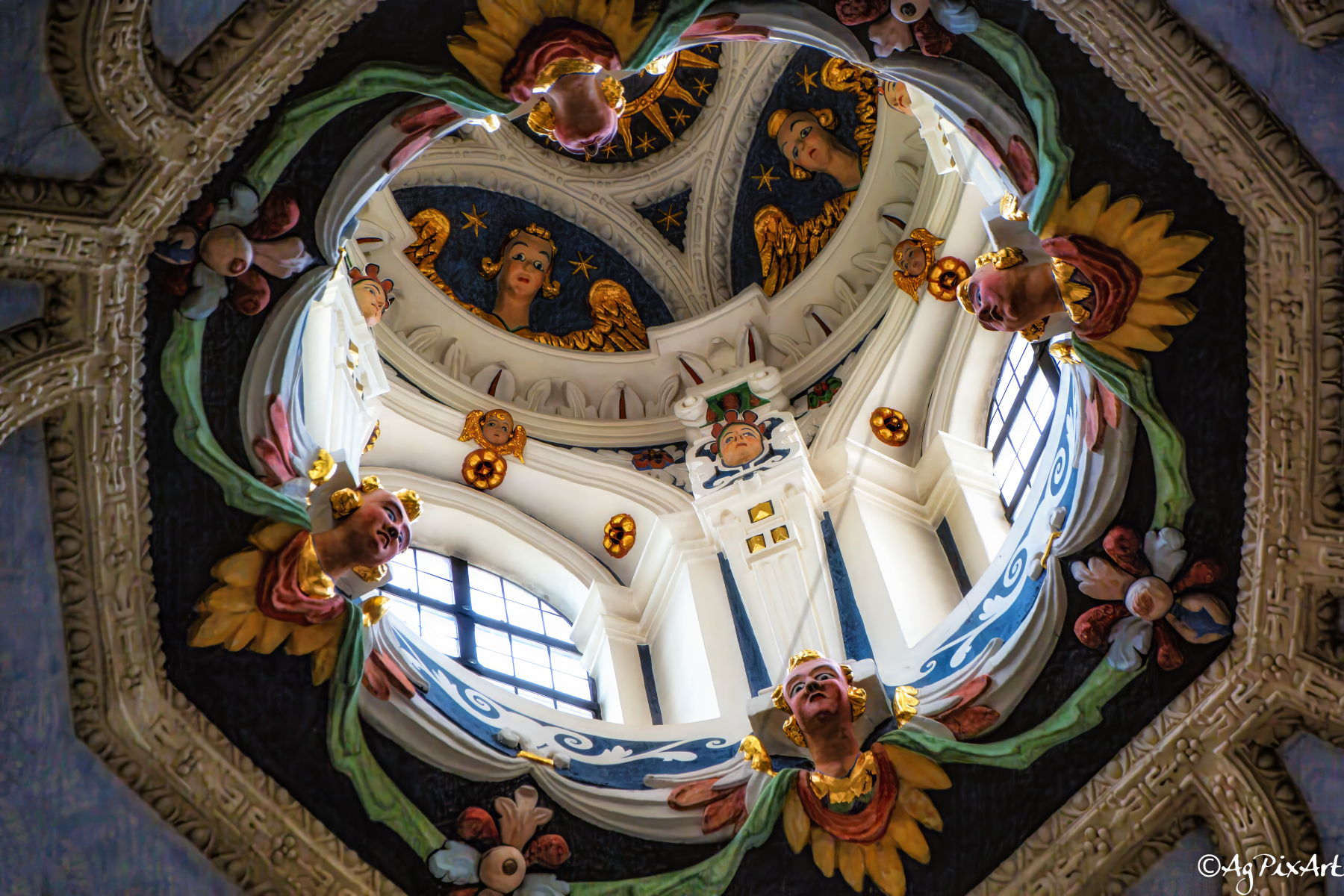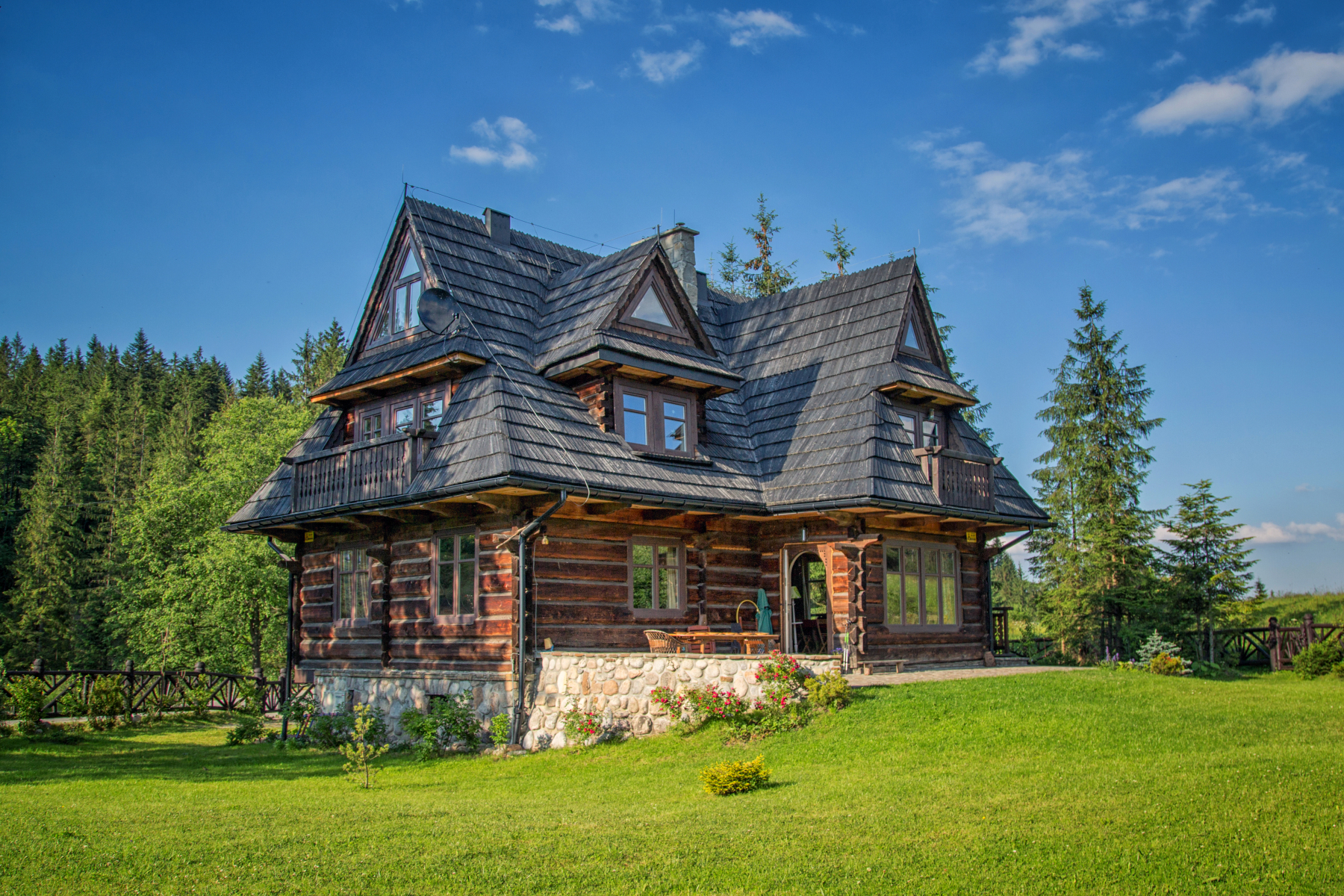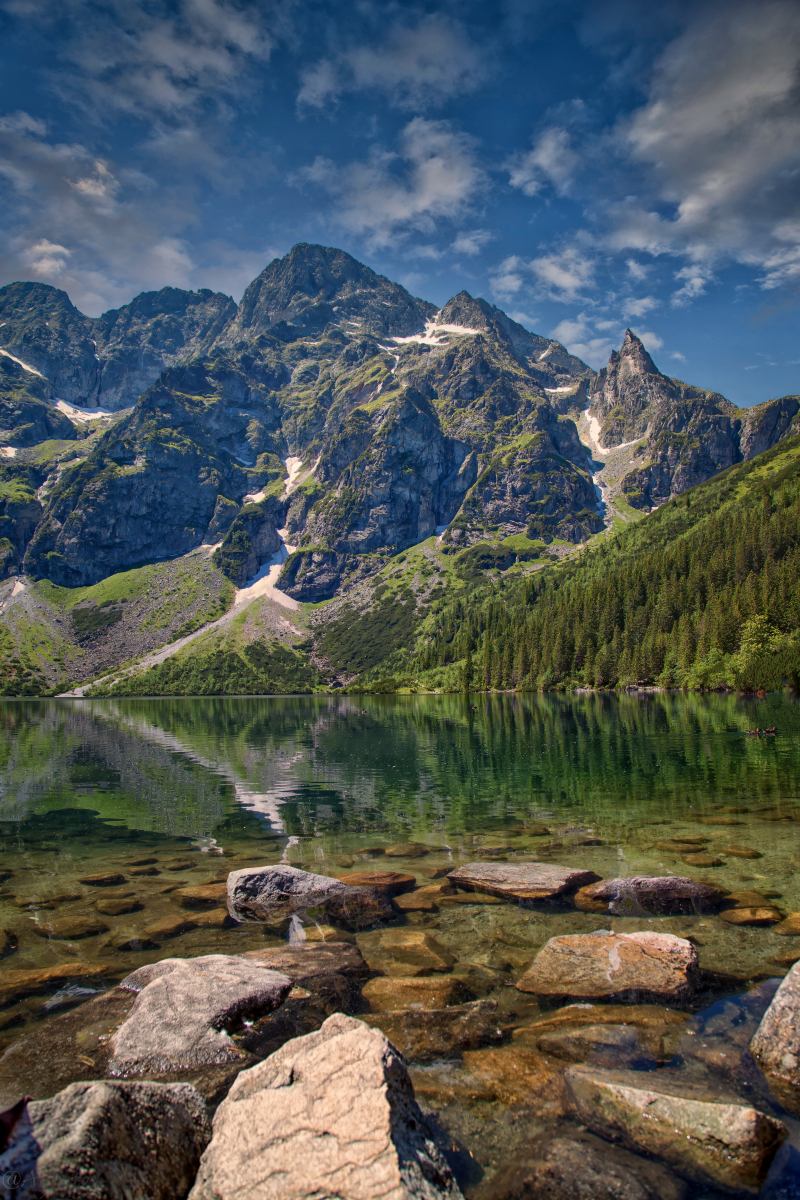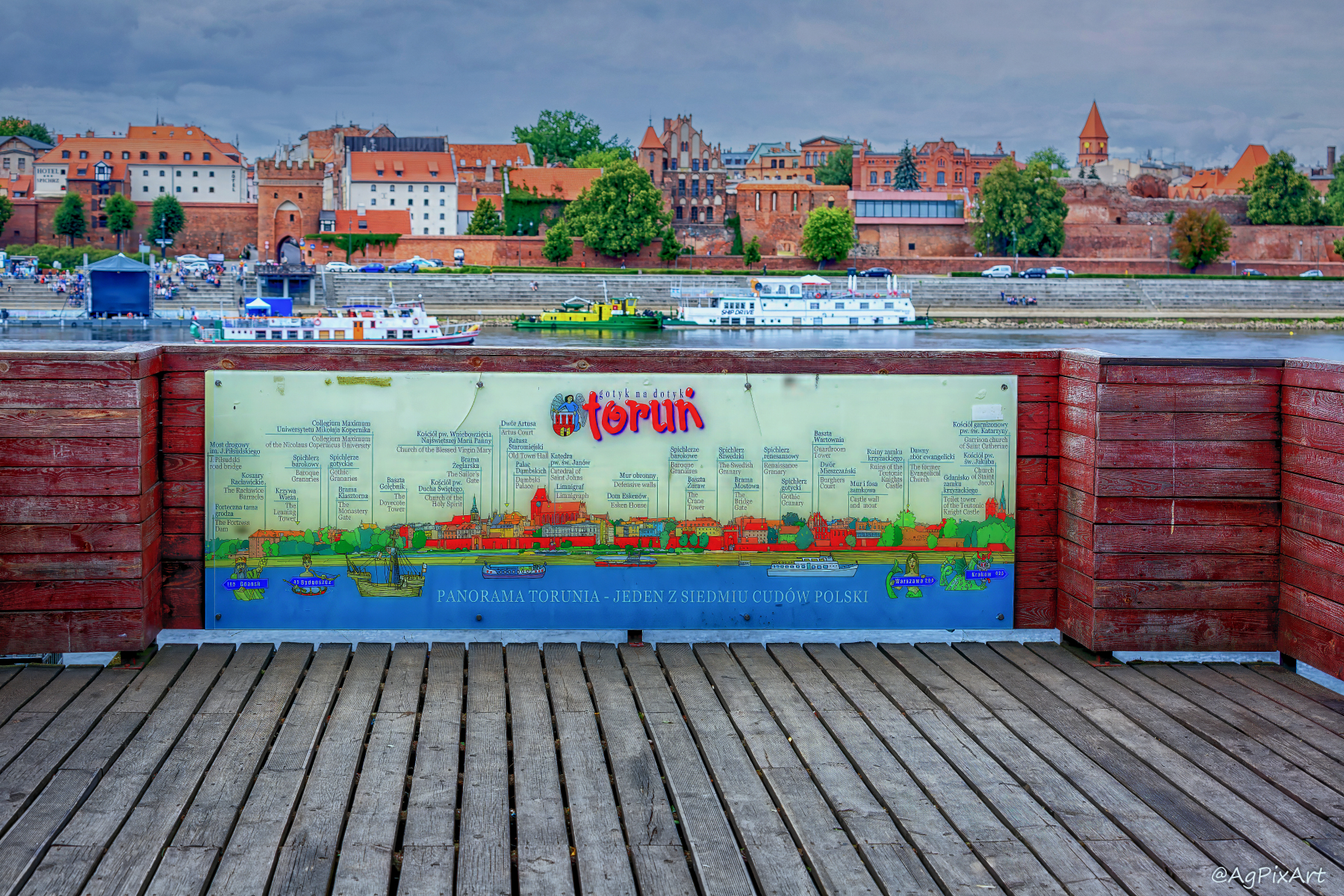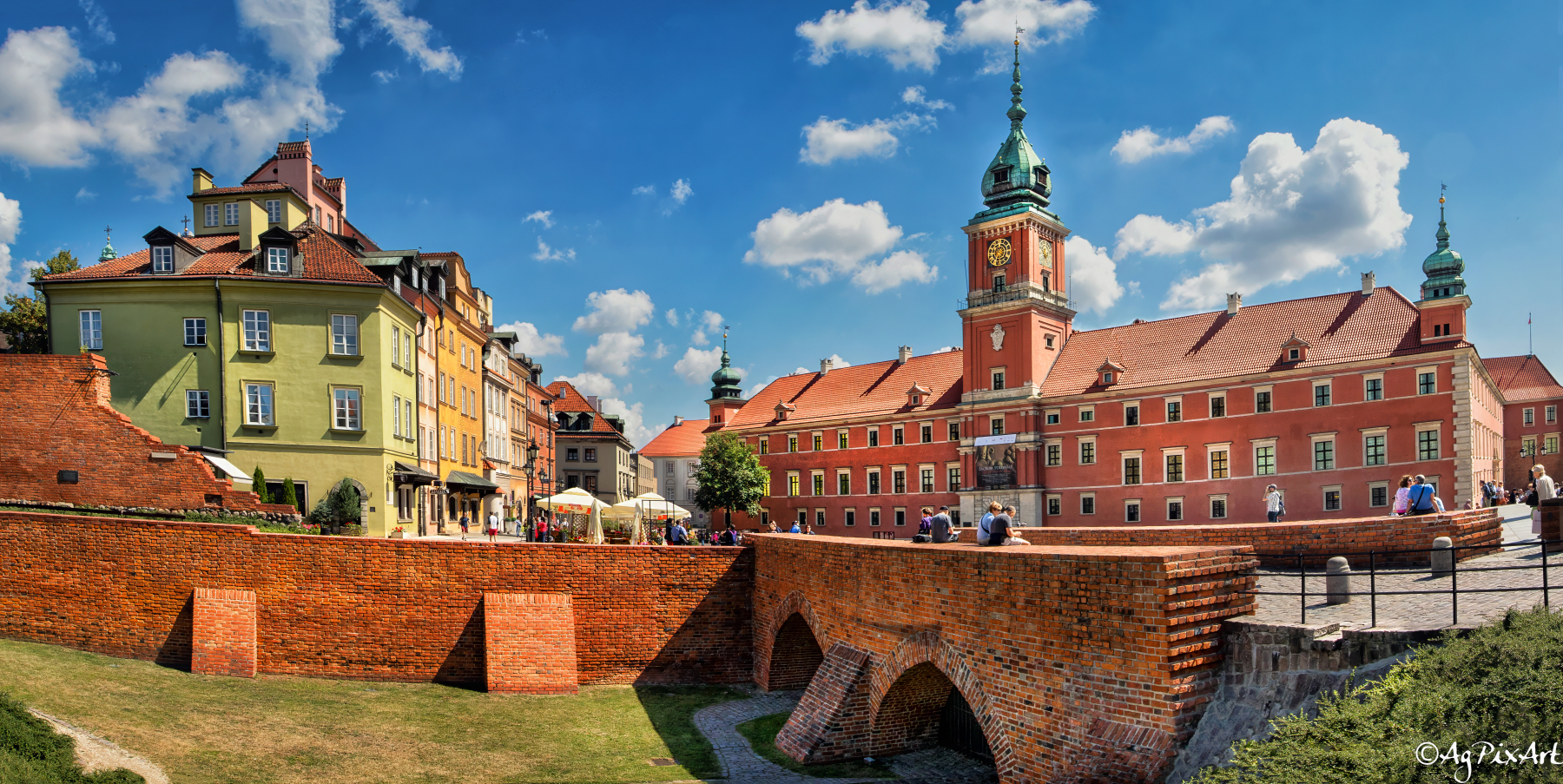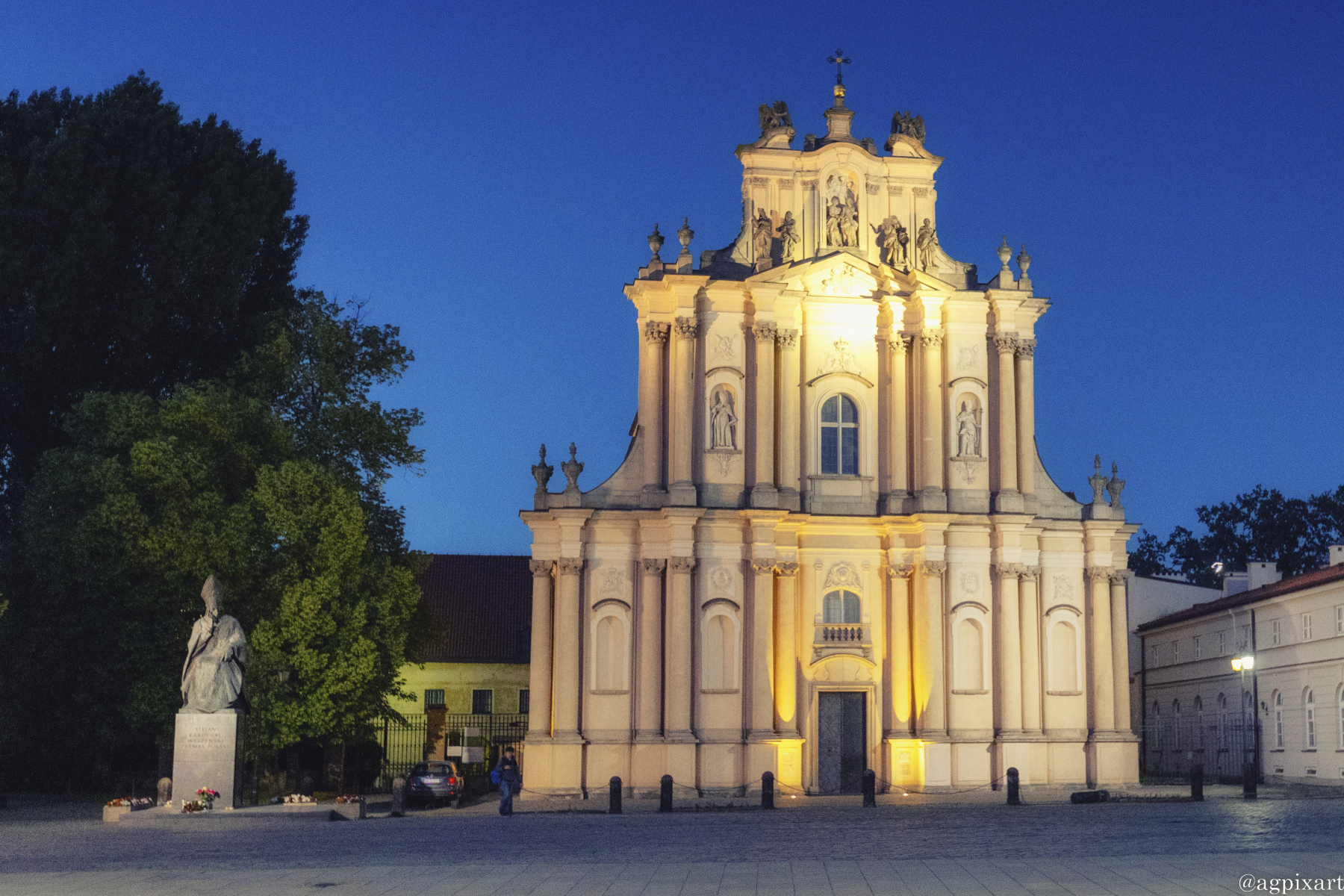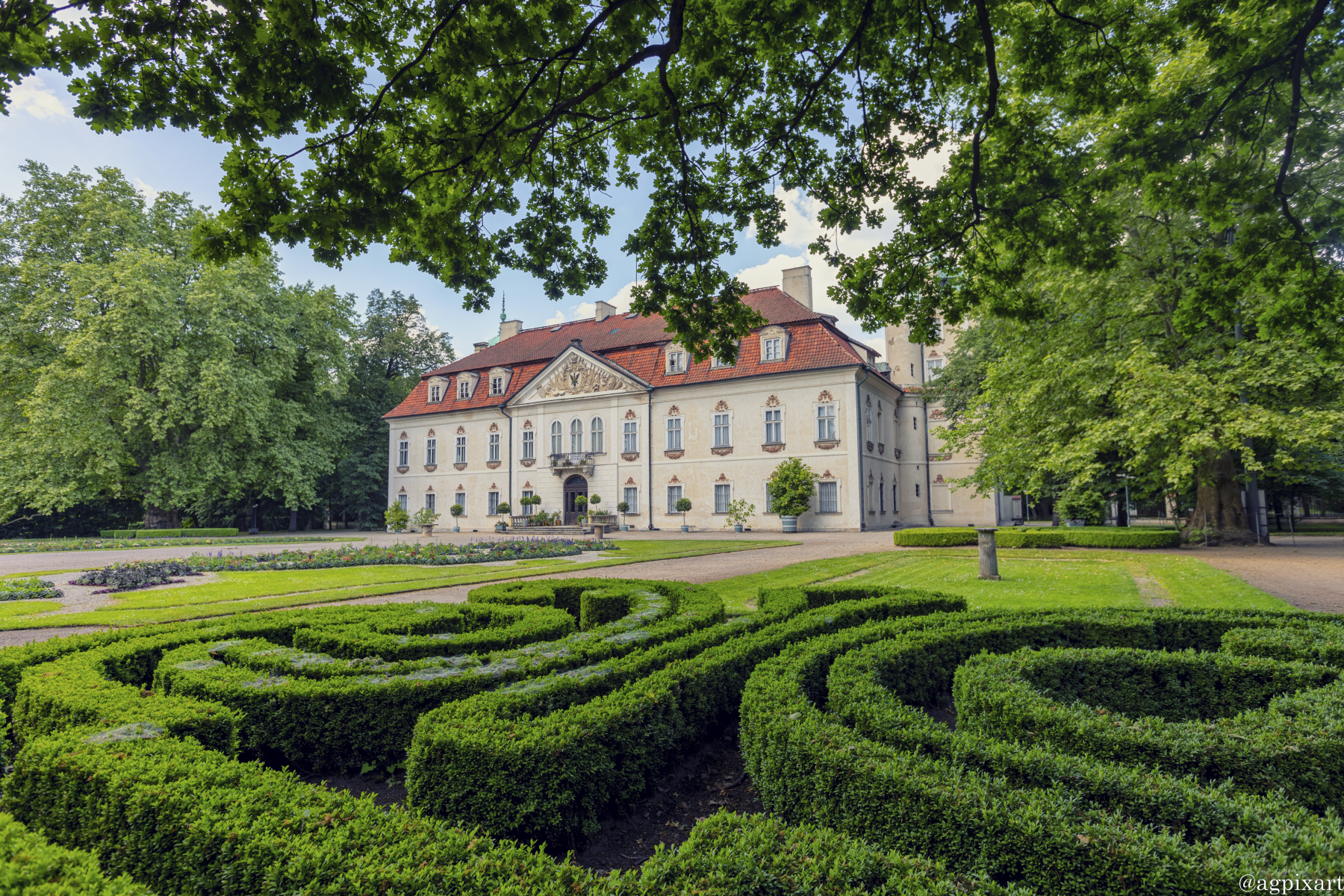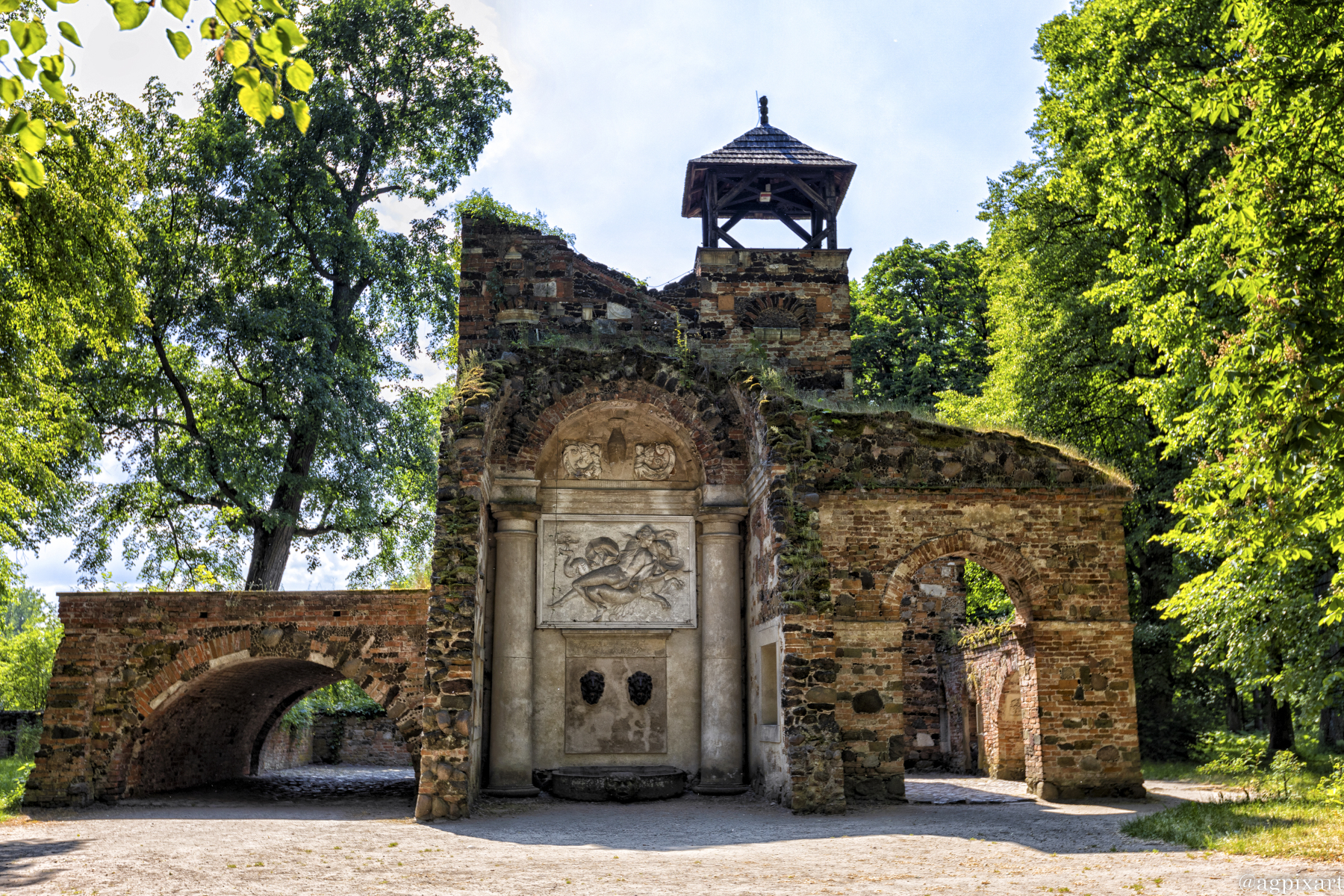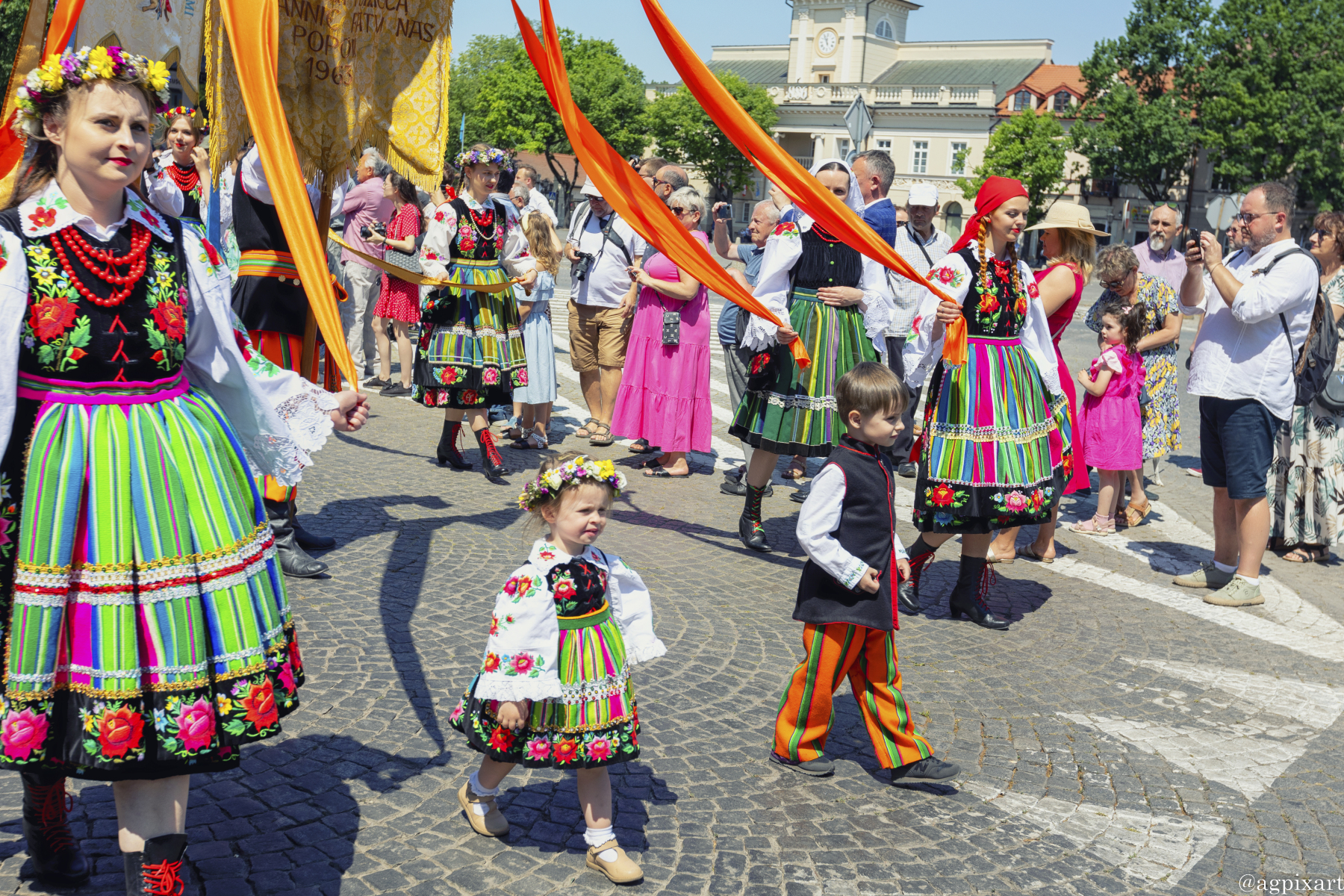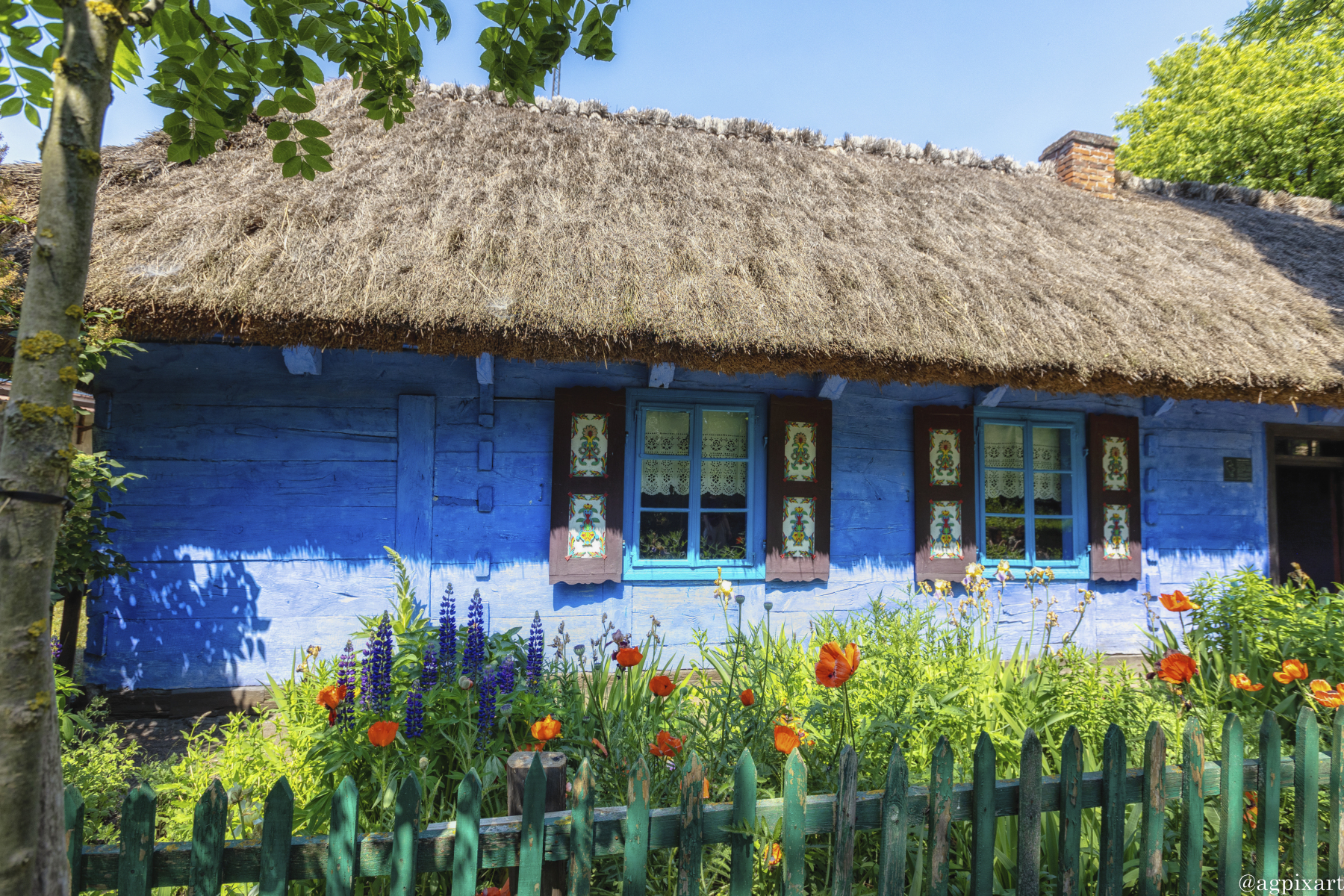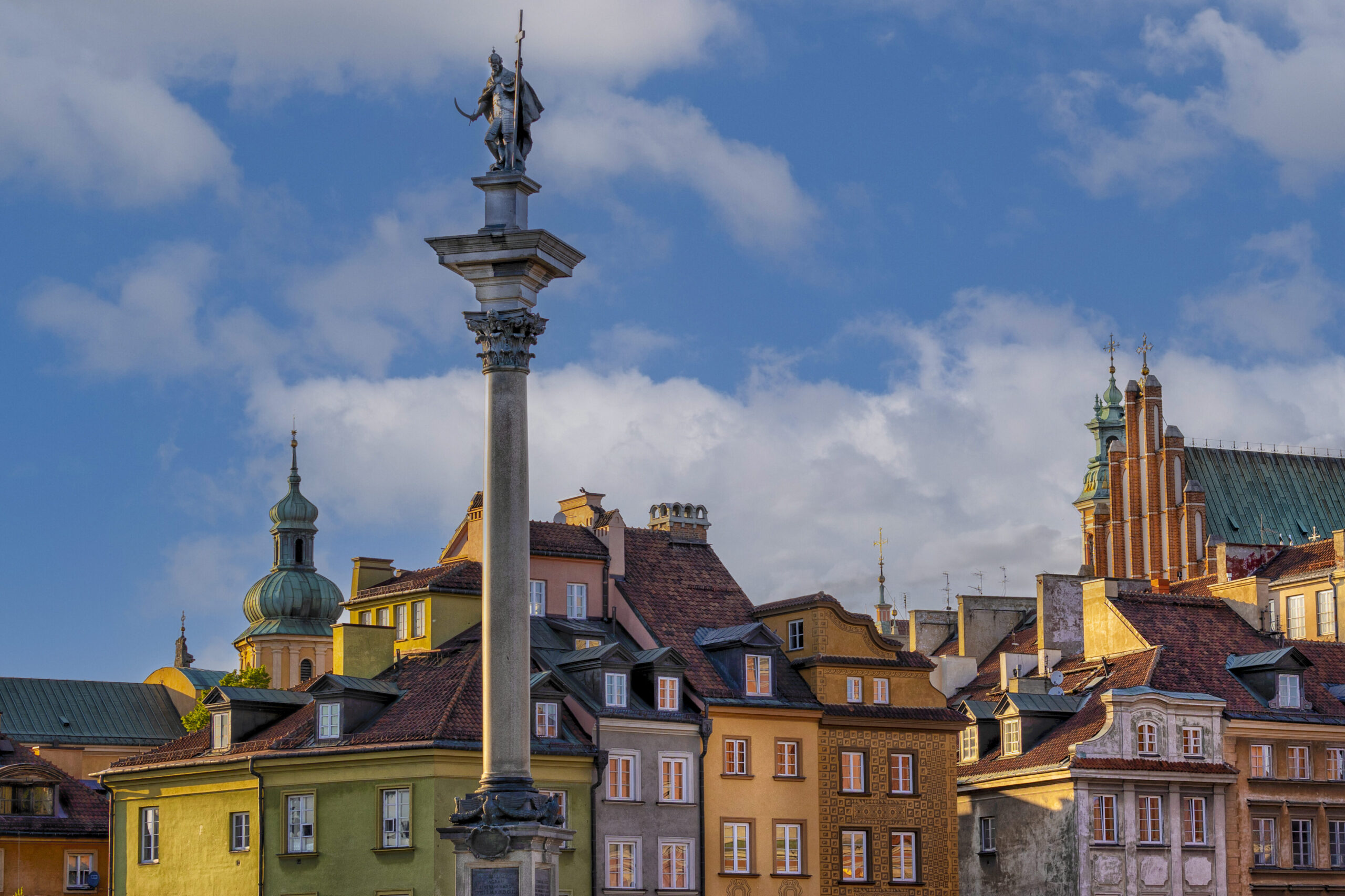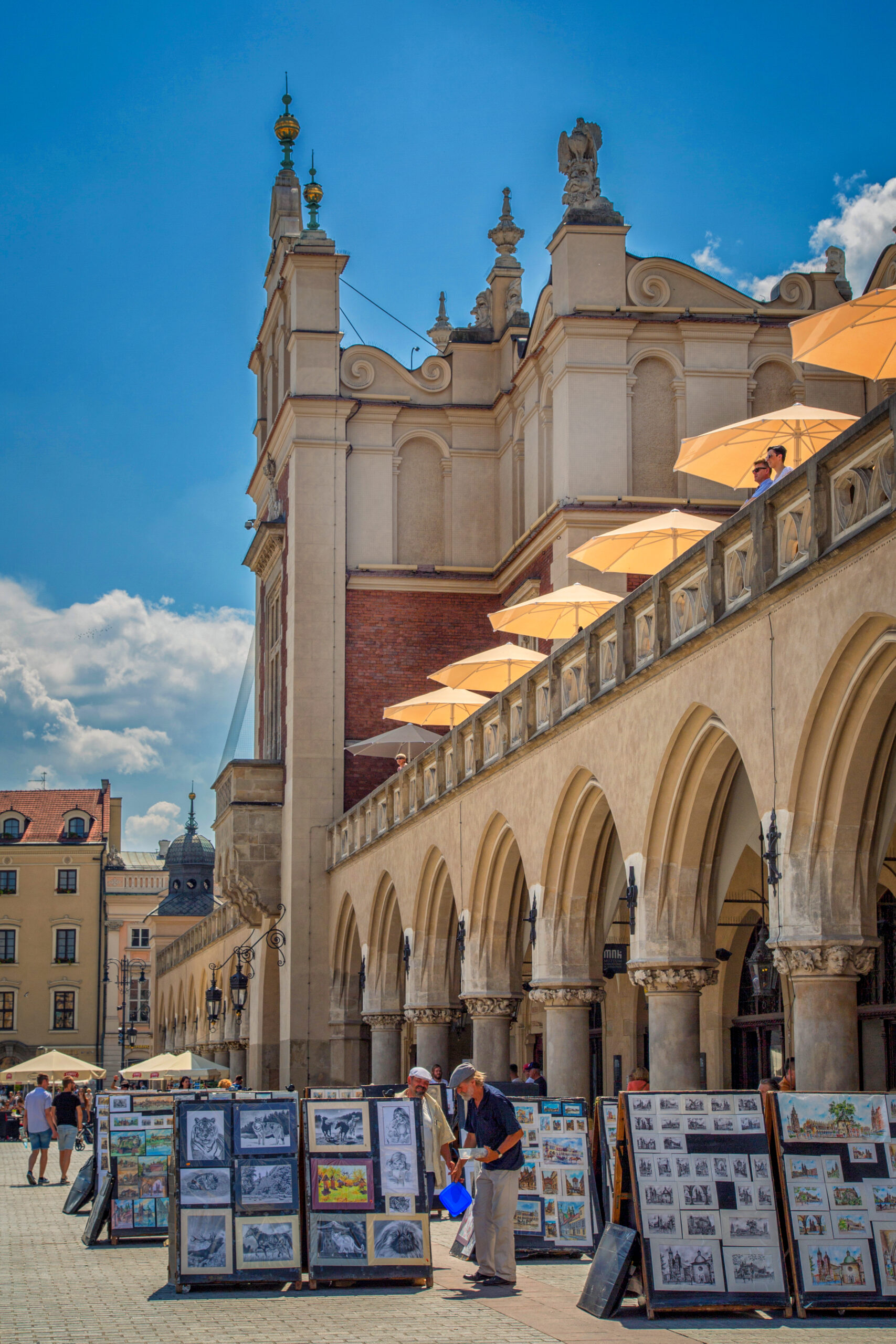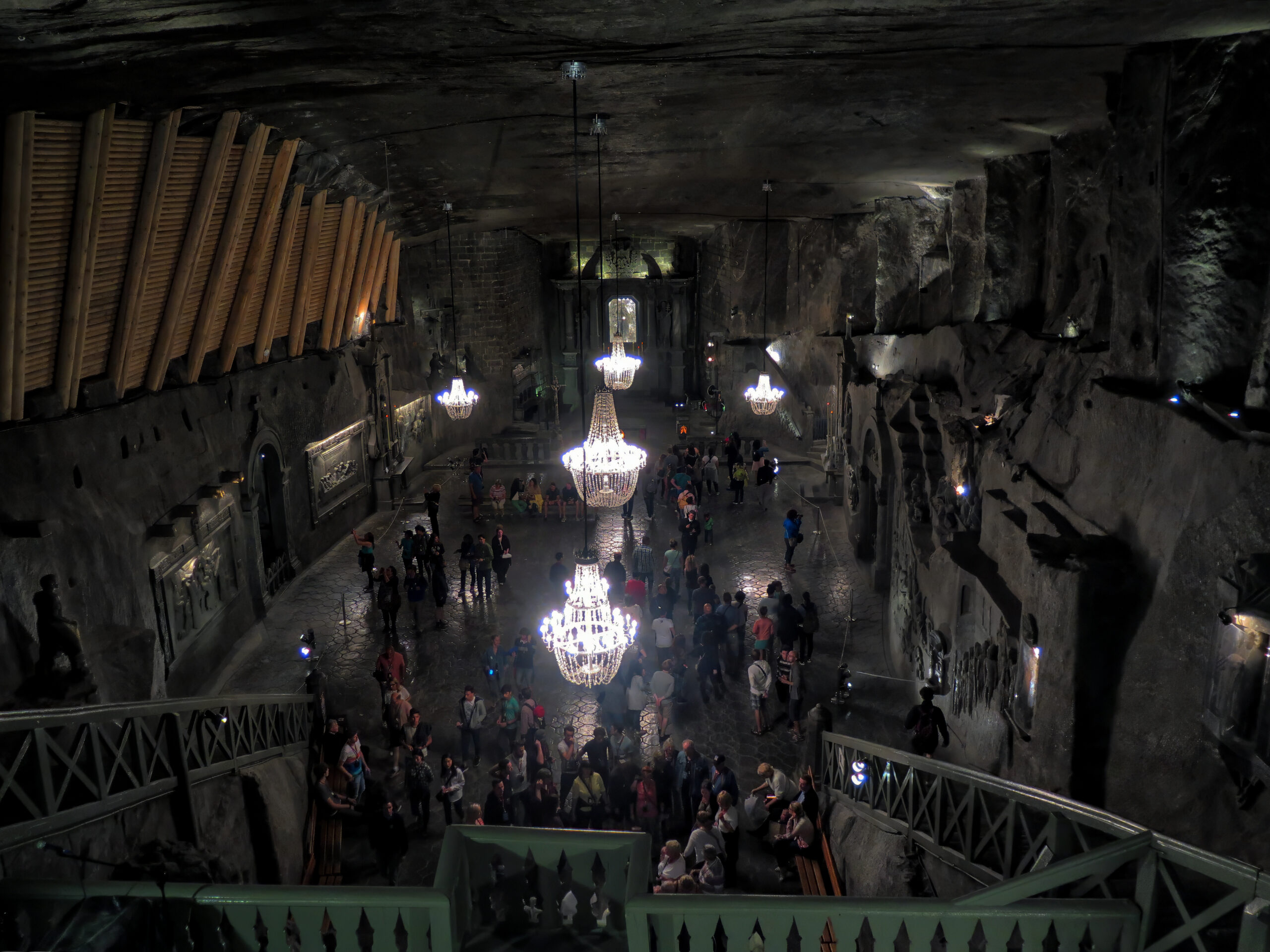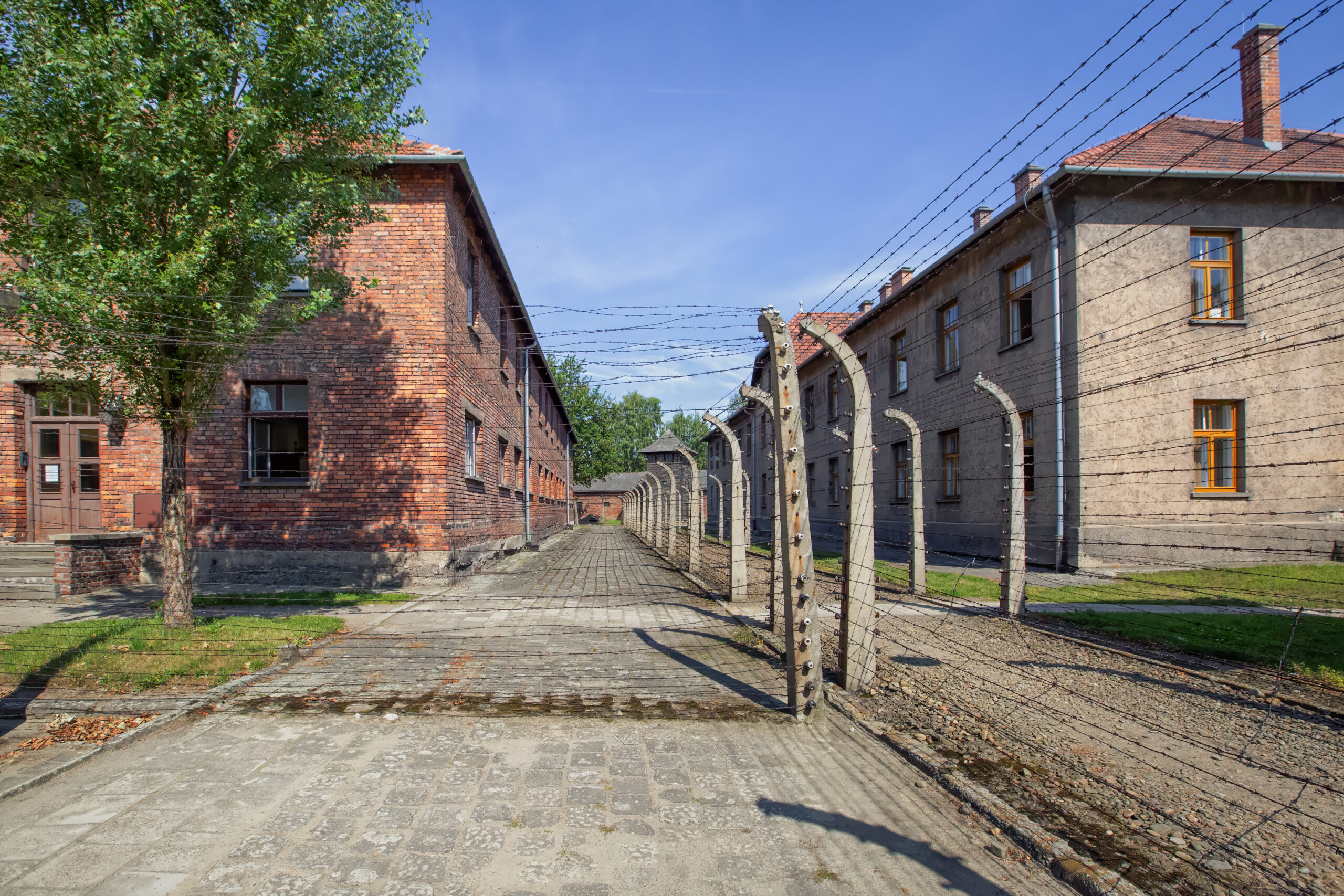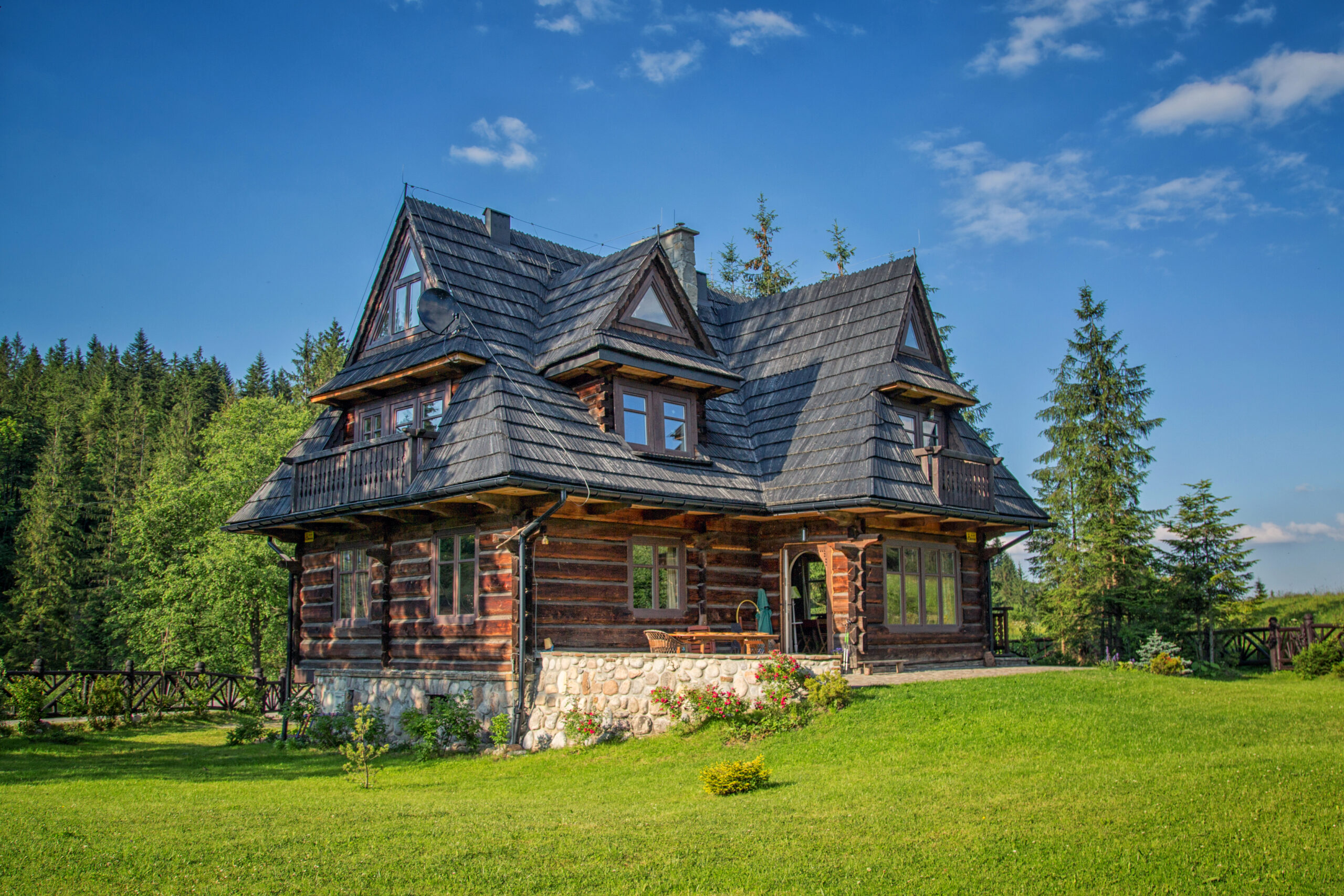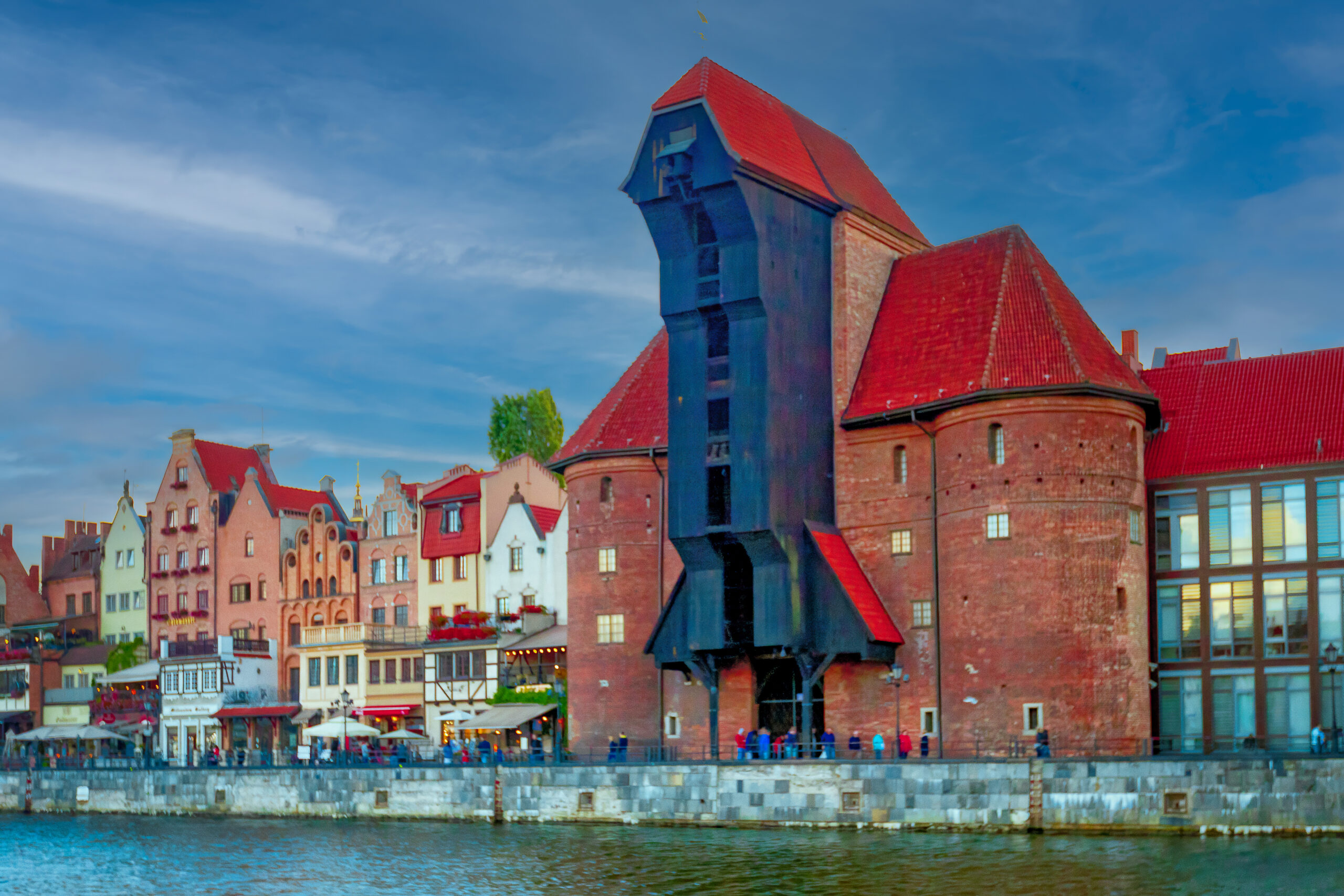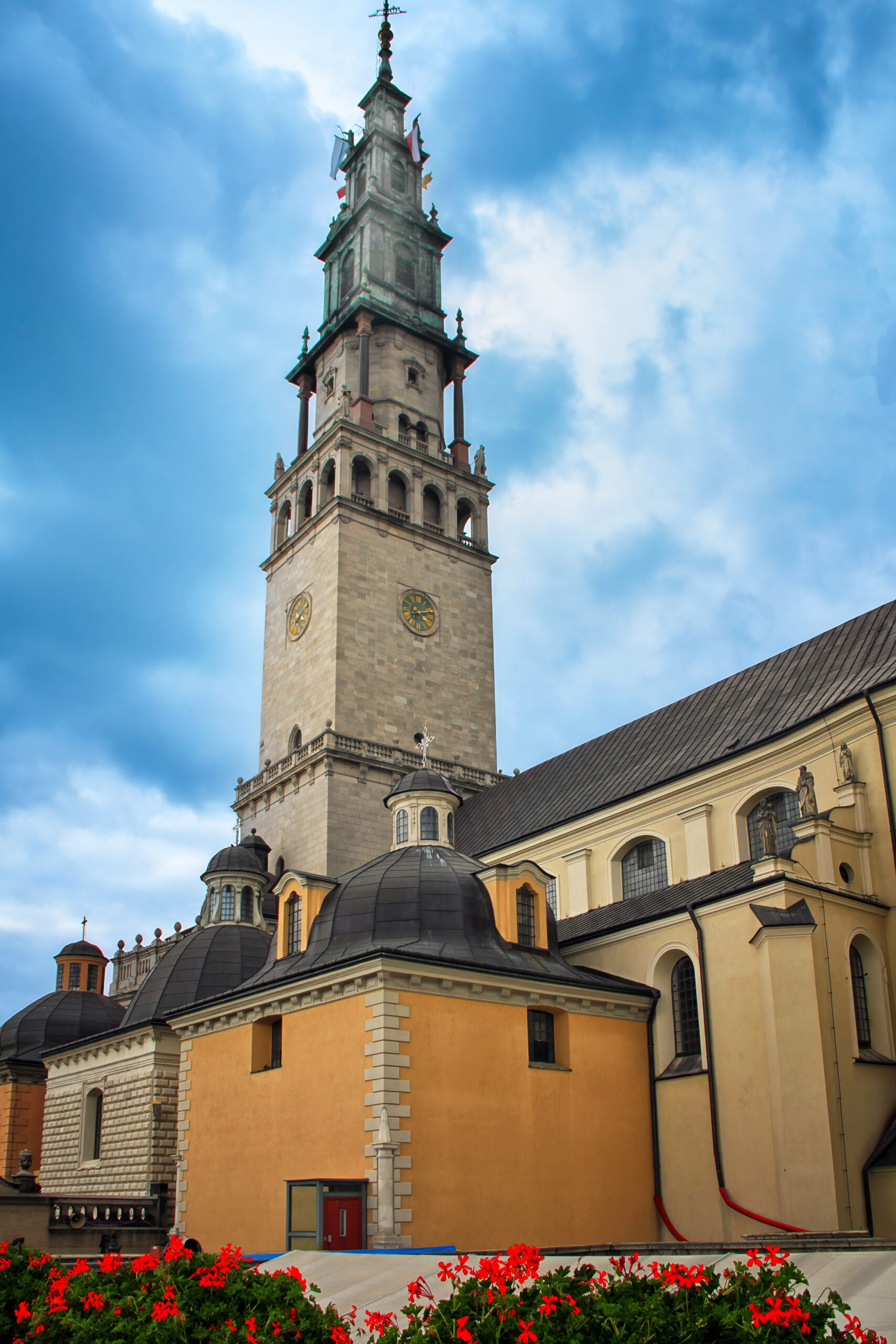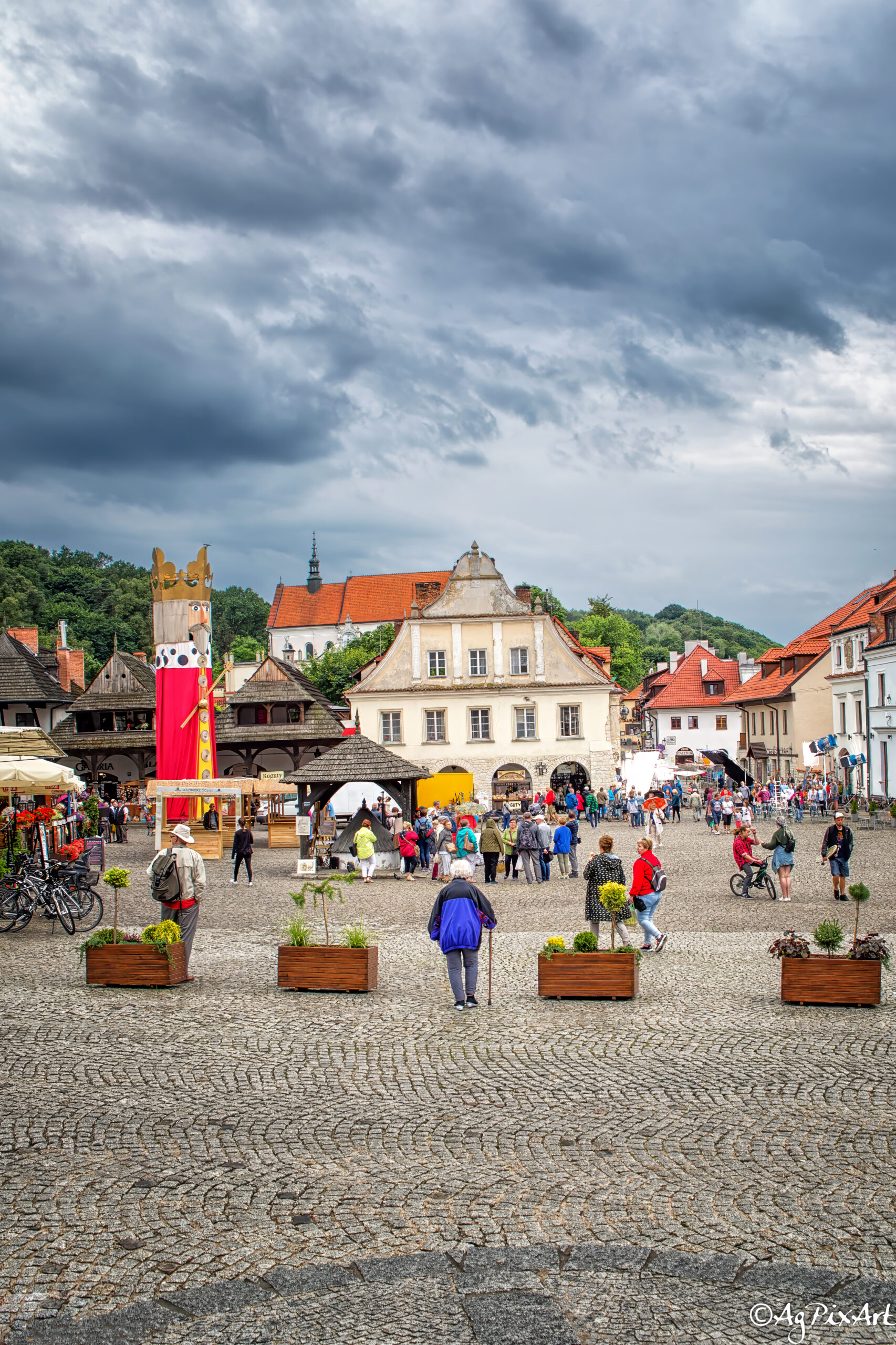Poland
The Republic of Poland is known for a rich and turbulent history due to its location at the crossroads of Eastern and Western Europe in the very center of Europe.
Poland’s diverse landscape includes a variety of geographic features that range from the Carpathian and Sudeten Mountains to plains, lakes of the Masurian Lake District to rivers, and from the sandy beaches of the Baltic Sea to the dense, primeval forests.
The Land of the Winged Horsemen
The Polish cavalry called the hussars or ‘winged horsemen’, known as “Husaria” in Polish, were one of the most formidable cavalry troops in 16th to 18th-century Europe, renowned for their unique appearance and battlefield effectiveness. The Hussars often wore large, feathered wings mounted on their backs and wielded extremely long lances (sometimes up to 6 meters), sabers, pistols, and later muskets. The lances were key in their famous “winged charge.” They were amongst the deadliest army units in Europe, playing a crucial role in military history. One of their most famous engagements where the Hussars played a crucial role in breaking the Ottoman siege of Vienna in 1683, often cited as a turning point in European history against Ottoman expansion.
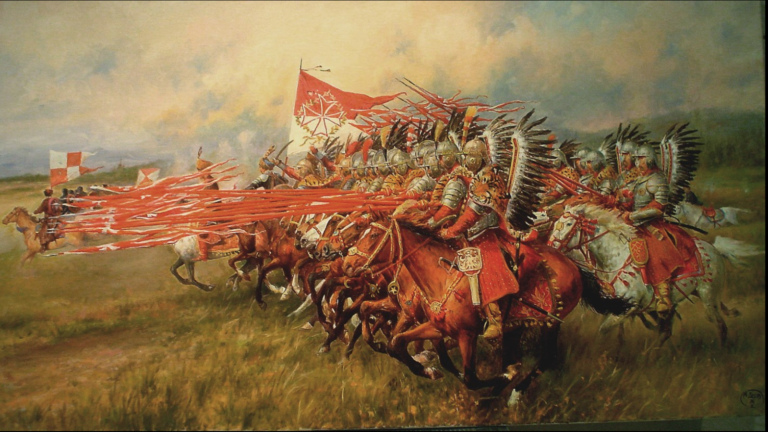
Polish cultural heritage is rich and diverse, creatively tied to both east and west, and preserved over centuries. Poland is known for the unique contributions to art, music, literature, and science with notable figures including Frédéric Chopin, Marie Curie, and Nicolaus Copernicus. Poland also has a rich literary tradition with famous authors like Adam Mickiewicz, Juliusz Słowacki, and Czesław Miłosz, who won the Nobel Prize in Literature in 1980. Historical works often deal with themes of struggle for freedom, national identity, and exile.
Poland
TidBits Tabs
(click on the tab to open/close)
Phone: SIM card – Main companies are Orange, Play, T-Mobile (Heyah!) and Plus
eSIM Data Options
Airlines & Destinations:
9th-10th Century – The Piast dynasty began to consolidate power in the region known as Greater Poland.
11th Century – Formed a union with Norway under the Old Covenant, losing its full independence but retaining some autonomy.
1397–1523 – Bolesław I (the Brave) became the first King of Poland in 1025, expanding the territory and strengthening its ties with the Holy Roman Empire and the Papacy.
14th Century – The Jagiellonian dynasty began with the marriage of Jadwiga of Poland to Władysław II Jagiełło of Lithuania, leading to the Polish-Lithuanian Union. This union created one of the largest and most powerful states in Europe.
15th Century – The Battle of Grunwald (1410) saw Poland and Lithuania decisively defeat the Teutonic Knights, ending the latter’s significant influence in the region.
16th Century – This period is known for the Golden Age of Polish culture, science, and economy.
17th Century – Known as the “Deluge,” this century saw Sweden invade during the Thirty Years’ War (1648-1667), devastating Poland. The Cossack uprisings and wars with Russia further weakened the state.
1683 – Battle of Vienna where Polish cavalry, Hussars played a crucial role in breaking the Ottoman siege, often cited as a turning point in European history against Ottoman expansion.
18th Century – the Commonwealth’s political system, with its liberum veto allowing any noble to nullify legislation, led to internal paralysis. This, combined with external pressures, resulted in the Partitions of Poland by Russia, Prussia, and Austria in 1772, 1793, and 1795, erasing Poland from the map.
1795-1918 – Poland ceased to exist as an independent state, with its lands divided among the partitioning powers. This period saw several uprisings, notably the Kościuszko Uprising (1794) and the November (1830) and January (1863) Uprisings against Russian rule, all ultimately unsuccessful.
1918 – Following World War I, Poland regained independence, largely thanks to the efforts of Józef Piłsudski and the international political climate. The Second Polish Republic was established.
1918-1939 – This period was marked by political instability, economic challenges, and territorial disputes. The 1920 Battle of Warsaw (Miracle on the Vistula) was a pivotal moment, repelling a Soviet invasion.
1939-1945 – Nazi Germany and the Soviet Union invaded Poland, starting WWII. The country suffered immense losses, including the Holocaust and the Warsaw Uprising. Poland was left devastated.
Post-WWII – After the war, Poland was in the Soviet sphere of influence, leading to the establishment of a communist government. The country underwent a forced industrialization process and political repression.
1945-1989 – Poland was a satellite state of the USSR, with a Soviet-style government. The 1980s saw the rise of the Solidarity movement, led by Lech Wałęsa, which was pivotal in the fall of communism.
1989 – The Round Table Talks led to semi-free elections, ending communist rule in Poland, marking the beginning of the Third Polish Republic.
1990s-Present – Poland has undergone significant economic, political, and social transformations, joining NATO in 1999 and the European Union in 2004.
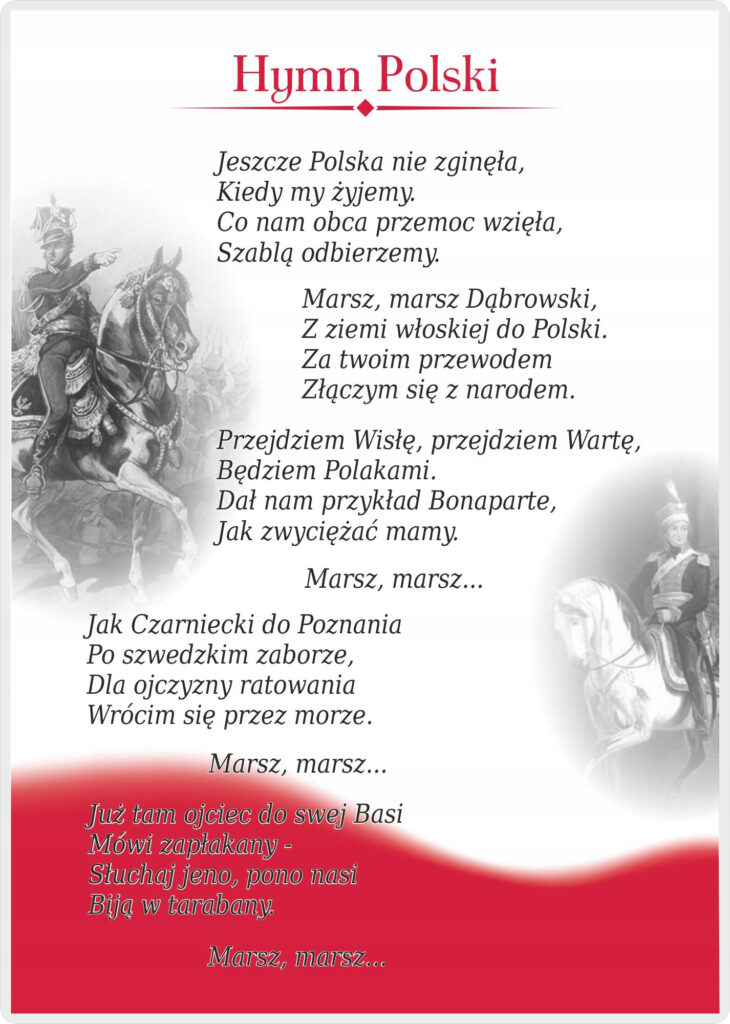
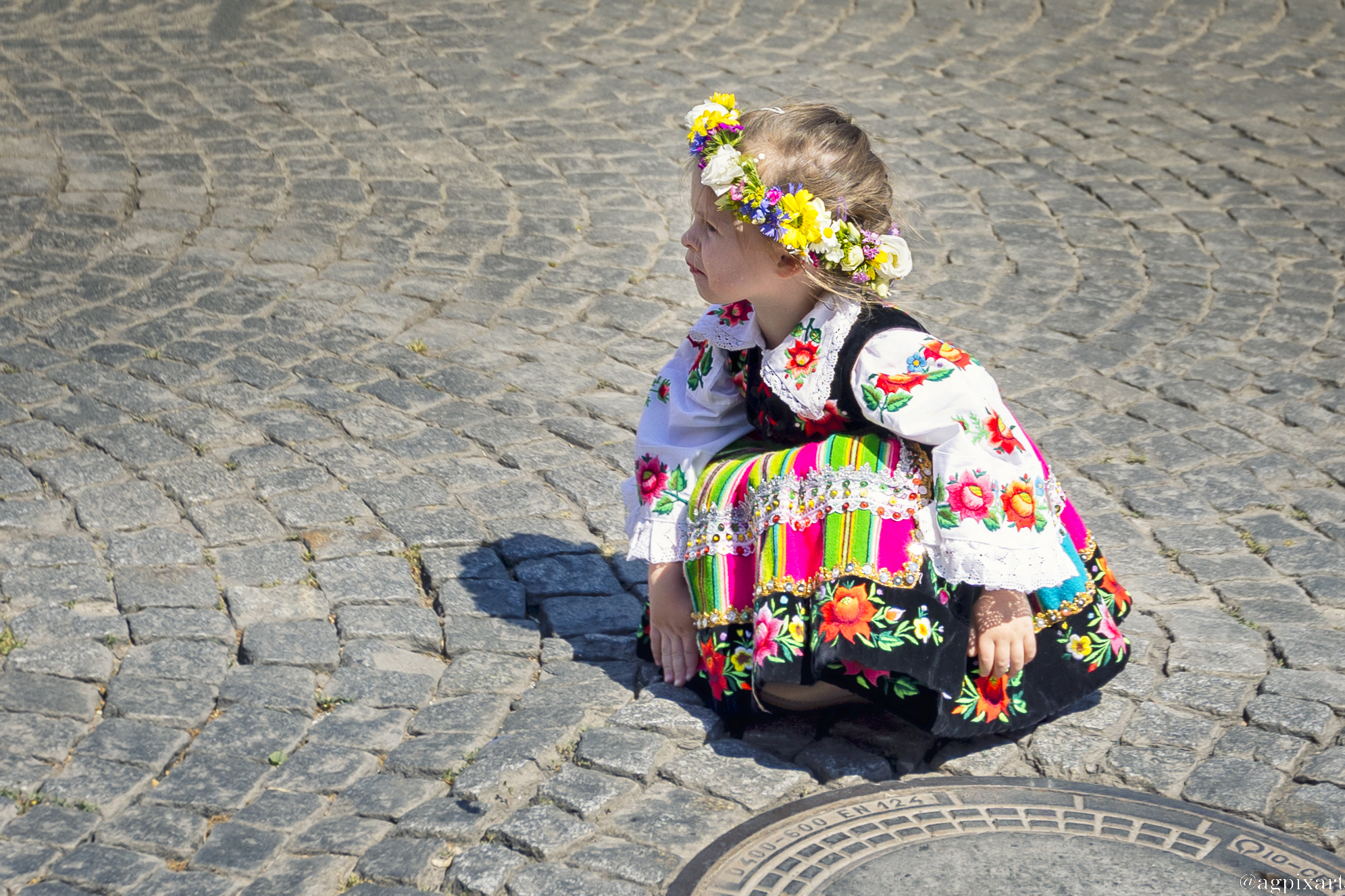
Instructions for photo proofing and comments:
Left-click on the photo to access options for title information (i), leave comment, or mark the photo(s) as the favorite. The option to submit the selected as favorite photos is under “Submit proofs” button under photo gallery.
Image Info
Comment
Favorite
Sample Photos from Poland
If you see this after your page is loaded completely, leafletJS files are missing.
If you see this after your page is loaded completely, leafletJS files are missing.
